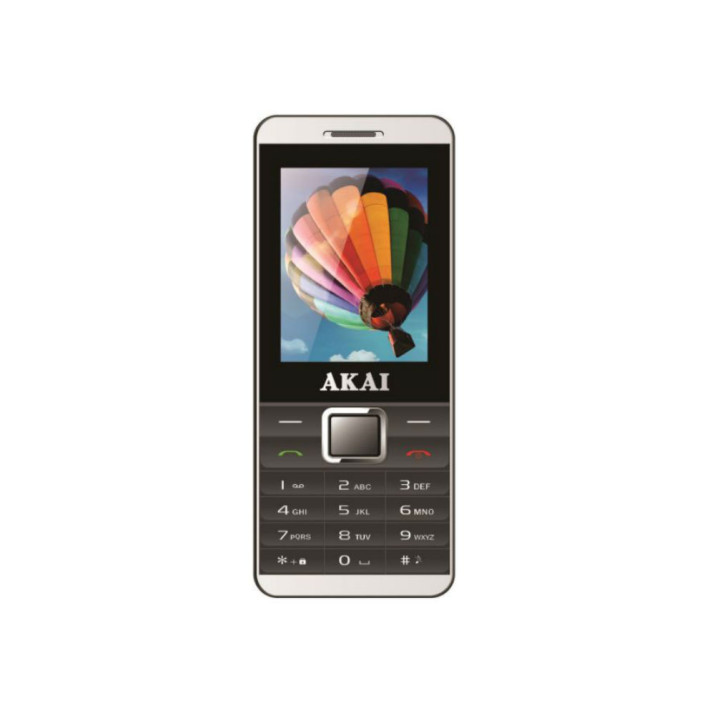
Akai autós FM modulátor, Bluetooth csatlakozás, USB port, TF kártyaolvasó bemenet, Telefon töltő funkció, Beépített mikrofon, Frekvencia 87,5 - 108 MHz, Modern dizájn, Fekete szín - eMAG.hu

AKAI FM modulátor, FMT-52BT modell, Bluetooth, USB, telefon töltő funkció, beépített mikrofon, LED kijelző - eMAG.hu

Akai FMT-93BT FM transzmitter, Bluetooth, USB, Micro SD kártya olvasó, Telefon töltés, Beépített mikrofon, Hangszínszabályzó, Fekete - eMAG.hu

Akai FMT-20BT FM modulátor, Bluetooth, USB, telefon töltő funkció, Micro SD kártyaolvasó, beépített mikrofon, kiegyenlítő - eMAG.hu

Akai autós FM modulátor, Bluetooth csatlakozás, USB port, TF kártyaolvasó bemenet, Telefon töltő funkció, Beépített mikrofon, Frekvencia 87,5 - 108 MHz, Modern dizájn, Fekete szín - eMAG.hu

Akai FMT-93BT FM transzmitter, Bluetooth, USB, Micro SD kártya olvasó, Telefon töltés, Beépített mikrofon, Hangszínszabályzó, Fekete - eMAG.hu

AKAI FM modulátor, FMT-52BT modell, Bluetooth, USB, telefon töltő funkció, beépített mikrofon, LED kijelző - eMAG.hu

















